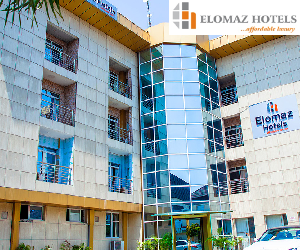The United States space agency, NASA, will fast-track plans to build a nuclear reactor on the Moon by 2030, according to US media.
It is part of the US’s ambitions to build a permanent base for humans to live on the lunar surface.
According to Politico, the acting head of NASA referred to similar plans by China and Russia and said those two countries “could potentially declare a keep-out zone” on the Moon.
But questions remain about how realistic the goal and timeframe are, given recent and steep NASA budget cuts, and some scientists are concerned that the plans are driven by geopolitical goals.
Nations including the US, China, Russia, India, and Japan are rushing to explore the moon’s surface, with some planning permanent human settlements.
Read also:
- US Golden Dome risks turning outer space into nuclear war zone – North Korea
- How the space race launched an era of exploration beyond Earth
- US Government pledges stronger support to NDLEA in battle against drug trafficking
“To properly advance this critical technology to be able to support a future lunar economy, high power energy generation on Mars, and to strengthen our national security in space, it is imperative the agency move quickly,” US transport secretary Sean Duffy, who was appointed temporary head of NASA by President Donald Trump, wrote to NASA, according to the New York Times.
Duffy called for proposals from commercial companies to build a reactor that could generate at least 100 kilowatts of power.
This is relatively small. A typical on-shore wind turbine generates 2-3 megawatts. The idea of building a nuclear reactor as a power source on the Moon is not new.
In 2022, NASA issued three $5 million contracts to companies to design a reactor.
And in May this year, China and Russia announced they plan to build an automated nuclear power station on the Moon by 2035.
Many scientists agree that it would be the best or perhaps only way to provide continuous power on the lunar surface.
One lunar day is equivalent to four weeks on Earth, made up of two weeks of continual sunshine and two weeks of darkness. That makes relying on solar power very challenging.
“Building even a modest lunar habitat to accommodate a small crew would demand megawatt-scale power generation.
“Solar arrays and batteries alone cannot reliably meet those demands,” suggests Dr. Sungwoo Lim, senior lecturer in space applications, exploration, and instrumentation at the University of Surrey.






